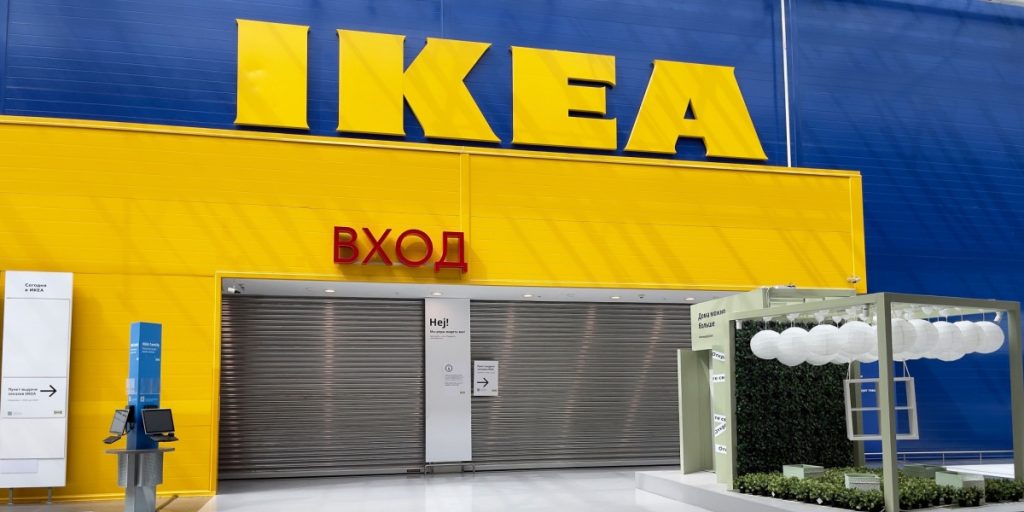The economic fallout from Russia’s war in Ukraine isn’t just being measured in weapons and sanctions.
Others are reading now
The economic fallout from Russia’s war in Ukraine isn’t just being measured in weapons and sanctions — it’s also etched into the balance sheets of hundreds of foreign companies.
Since 2022, international businesses have racked up an estimated $170 billion in losses after attempting to exit the Russian market or operate under new restrictions.
And yet, with signs of diplomatic thaw on the horizon, some firms are entertaining the idea of a return — a move that analysts warn could expose them to even greater financial and legal risks.
After the atrocities of Bucha, Irpin, and other Kyiv suburbs in early 2022, a wave of multinational companies abandoned the Russian market.
Also read
But for those who thought they were leaving on their own terms, Moscow had other plans.
Over the last three years, Russia has leveraged asset seizures, punitive taxes, and forced discounts to extract billions from departing Western firms. Many of whom never recovered even a fraction of their original investments.
A High-Price Exit Strategy
The losses have been staggering.
According to a report by the Kyiv School of Economics, foreign companies lost $167 billion in asset write-downs and an additional $3 billion in so-called “exit taxes.”
Leading the list of most-impacted nations:
- United States: $46 billion
- Germany: $44.5 billion
- United Kingdom: $35.1 billion
- France, Austria, Finland: Combined $24 billion
The bulk of these losses came from energy giants and industrial conglomerates.
British Petroleum lost an estimated $25.5 billion, Uniper $22 billion, and ExxonMobil $4 billion.
Renault, Fortum, and Société Générale were among others hit hard, often forced to sell assets for a fraction of their value — or, in some cases, not allowed to sell at all.
The Kremlin’s ‘Temporary Management’ Playbook
What began as voluntary divestment quickly evolved into state-driven asset appropriation.
In 2023, the Kremlin began transferring assets of US and European companies to Rosimushchestvo, a government agency tasked with “temporary management.”
While Russia claimed ownership was unchanged, in practice, foreign companies lost control entirely.
Carlsberg and Danone are two of the most prominent examples.
Both had lined up local buyers for their Russian operations. Both deals were ultimately blocked.
Carlsberg’s business, once valued at over €1 billion, was sold for just over €300 million. Danone’s assets lost more than half their value before a sale was finally allowed.
These sales — often routed to Kremlin-linked firms — served both political and economic purposes.
Not only did they inject capital into Russia’s war-time economy, but they also helped the government project stability despite international sanctions.
The Risk of Re-entry
Despite these painful lessons, recent ceasefire efforts have prompted speculation that Western businesses might seek a return to Russia.
But experts warn the environment is even more volatile than before.
The laws that enabled asset seizures are still in place. Special permits are still required to transfer capital abroad. Additional profit taxes can still be imposed retroactively. And the geopolitical climate remains deeply unpredictable.
Even if the war slows, the economic nationalism it unleashed is unlikely to vanish.
According to the Kyiv School of Economics, at least 30 major firms have had their Russian businesses effectively seized. Many of these now serve the strategic interests of the Russian state — particularly in the energy sector.
As of now, 481 companies have fully exited Russia since the war began.
Another 1,357 have downsized or suspended operations, with many still navigating an uncertain legal and financial terrain.


